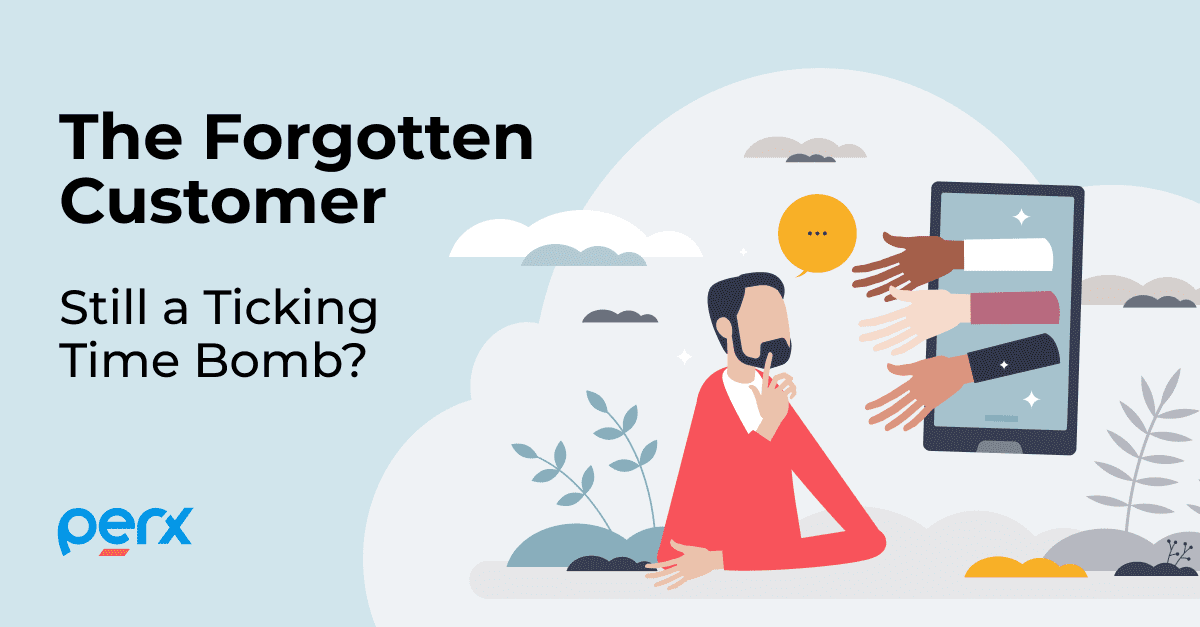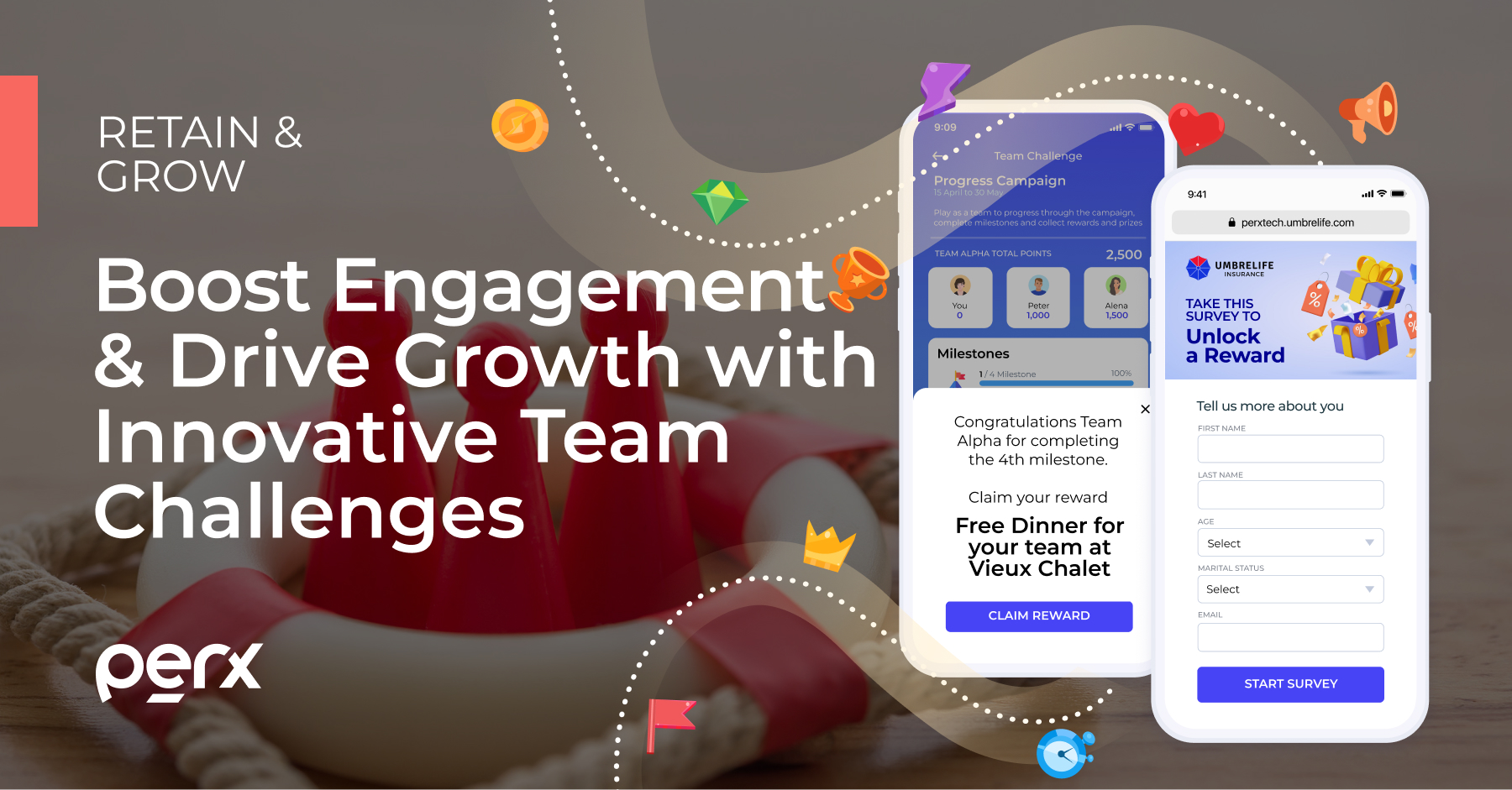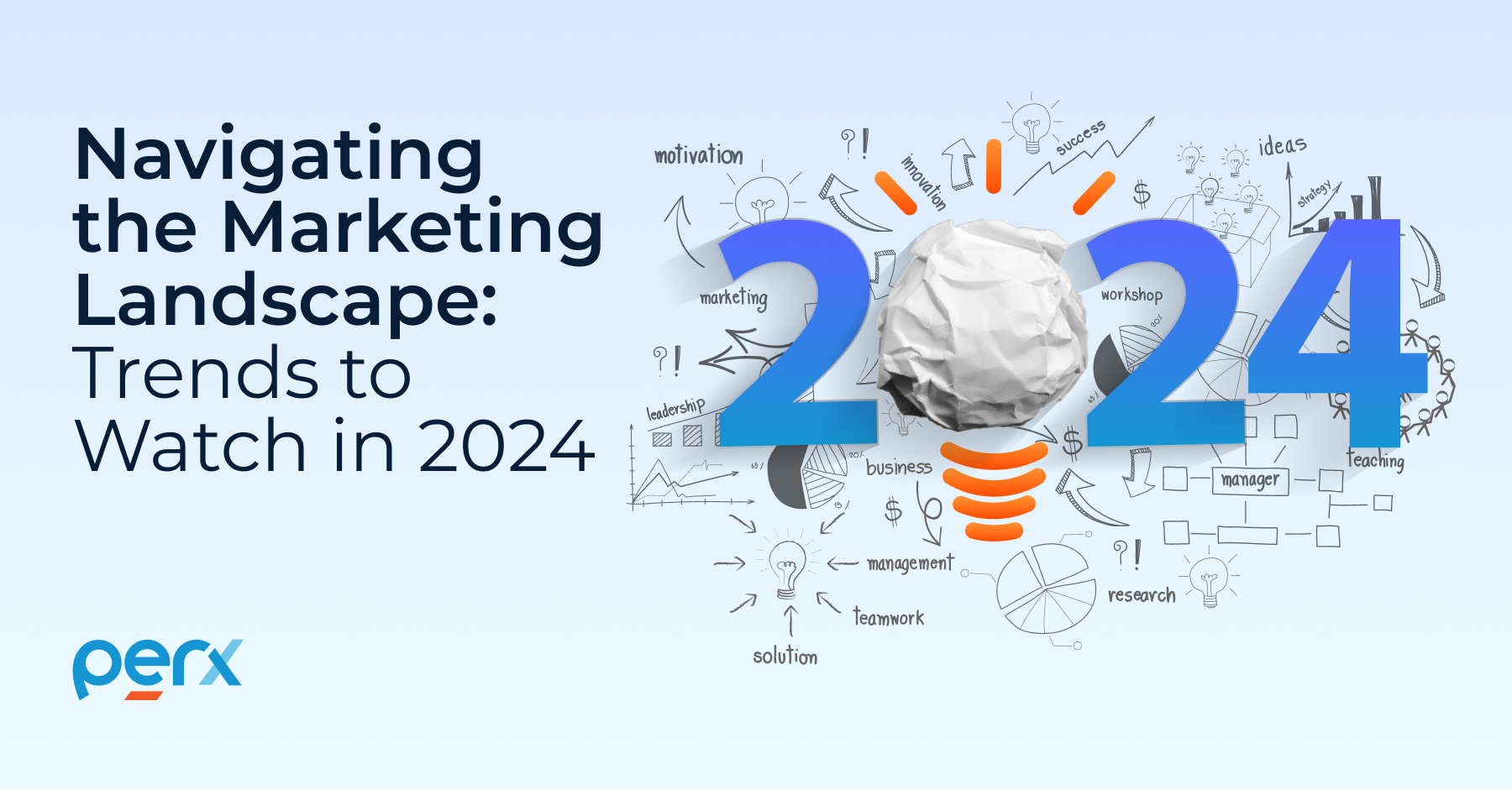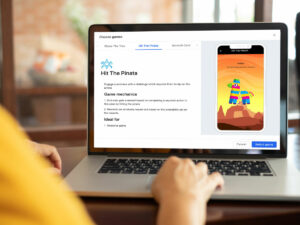Locking In Loyalty: How Customer Loyalty Programs Are A Smart Bet In A Struggling Economy

Locking In Loyalty: How Customer Loyalty Programs Are A Smart Bet In A Struggling Economy
By focusing on existing customers, businesses can have a loyal customer base, drive sales and cultivate lasting loyalty during an economic downturn
Given the current state of volatility in the global economy, brands must remain steadfast and persevere through tough times. While a crisis can be daunting, it can also be an opportunity to seize. The world has experienced various economic downturns in the past, and it’s likely that more will occur in the future. During these previous recessions, we have seen brands introduce pioneering loyalty initiatives that have impressed both customers and critics.
For instance, Starbucks launched its My Starbucks Rewards program during The Great Recession which lasted from 2007 to 2009. It allowed customers to earn points for every purchase and offered tailored incentives. The program proved to be a success, with many new customers signing up. This demonstrates how companies can introduce innovative brand loyalty programs to boost customer retention during an economic downturn, providing added benefits to consumers while strengthening their own bottom line.

The Importance of Customer Loyalty in Each Stage
In today’s world, where marketing budgets are tighter than ever, brands have made retaining customers their top priority. After all, attracting a new customer can cost up to five times more than retaining an existing one. Loyal customers are also known to be more likely to experiment with new products and spend significantly more than newcomers. Fortunately, brands now have access to an abundance of valuable customer data that enables them to create loyalty programs that reward customers at every step of their brand journey.
By aligning rewards with each stage of the journey, these programs can encourage initial purchases, increase buying frequency, reward long-term engagement, and even inspire customers to participate in social causes beyond the transactional realm. For example, offering a discount code can encourage new customers to make their first purchase, while providing loyalty rewards to frequent consumers can encourage repeat business.
Additionally, offering personalized rewards based on a customer’s purchase history or preferences can create a sense of exclusivity and strengthen the customer-brand relationship. Adopting this approach can enable brands to not only maintain customer loyalty but also create a positive impact that extends well beyond their financial bottom line.
Providing Meaningful Benefits in Loyalty Programs
Let’s break free from the notion that value equates to cheap deals. When a brand understands what its customers truly value, it can create rewarding experiences and offer meaningful benefits. Take, for instance, Sephora’s Beauty Insider program, which goes above and beyond in providing value to its loyalty members. Customers earn extra points with every purchase, which can be redeemed for free makeup samples and exclusive event access.
The loyalty program also features tiered membership levels based on the amount spent, with higher tiers unlocking additional perks such as free shipping and early access to new products. By offering unique rewards and benefits, Sephora’s Beauty Insider program not only encourages repeat purchases but also fosters a strong sense of community among its members.
Personalization is King: Leveraging Data to Create Tailored Experiences for Loyal Customers
As customer behavior continues to shift, brands must strive to earn their trust, engage consumers meaningfully with positive experience, and create reasons for them to return. To achieve this, delivering tailored interactions based on each consumer’s unique preferences is crucial to building customer satisfaction and loyalty.
One brand that has mastered this marketing strategy is Netflix. By leveraging data and analytics, Netflix provides personalized product recommendations to its consumers. It suggests movies and TV shows to each user based on their viewing history and preferences, delivering a tailored customer experience that keeps them engaged and subscribed. This excellent customer service has helped Netflix build trust and loyalty with its customers, contributing to its continued growth and success as a brand.
Drive Your Customer Loyalty Strategy With Incentives

Encourage customer loyalty by offering incentives that motivate them to participate early on. Rewarding customers can motivate them to take action at every stage of the customer journey by providing an incentive to engage with the brand.
By offering rewards such as discounts, points, or exclusive access to events or products, customers are encouraged to participate in different stages of the journey, from making a first purchase to sharing their experiences on social media. This creates a sense of loyalty and strengthens the customer-brand relationship, increasing the likelihood of repeat business and positive word-of-mouth marketing .
The North Face is a great example of a brand that does this successfully. Through its brand’s loyalty program, customers earn points for purchases made both in-store and online. But the program also rewards members for creating an account, updating their profile, and sharing their experiences on social media. These points can be redeemed for discounts, expedited shipping, and exclusive unlimited access to events and products.
The North Face not only focuses on increasing customer loyalty through these incentives but also gains valuable data for delivering personalized experiences and targeted marketing tactics.
From Transactional to Emotional Loyalty
Businesses must focus on delivering delightful micro-experiences at every stage of the customer journey to cultivate emotional loyalty and drive long-term engagement with repeat customers. This type of loyalty and customer lifetime value can be observed in various scenarios, such as when you frequent a particular ice cream shop, when you consistently purchase a certain brand of sneakers for your early morning runs, or when you recommend the make of your first car to your friends without hesitation.

By providing a unique promise that resonates with consumers, brands can develop a strong preference and affinity that goes beyond their products and services. Emotional loyalists aren’t driven by discounts and are unlikely to be swayed by competitor offers or cheaper alternatives. Instead, they focus on spending more with brands they trust.
Consumers tend to have a higher lifetime value when they feel an emotional connection with a brand. Even in challenging market conditions, consumers may carefully examine a brand’s communication and promises, but they are likely to trust word-of-mouth recommendations. Loyalists are often vocal advocates for their preferred brands and can influence their peers’ purchasing decisions.
Regardless of the current downturn, consumers will always be willing to invest in products and experiences that hold personal significance for them. Nurturing emotional loyalty can lead businesses to acquire passionate brand advocates who have the potential to influence their peers’ buying choices, making it one of the most compelling reasons to invest in loyalty programs.
Supercharge Your Business with Personalized Loyalty Programs
Personalized loyalty programs are essential for thriving businesses. They boost sales and foster loyalty among existing customers. To do this well, engage customers by linking rewards to touchpoints, customizing experiences, and encouraging long-term loyalty. Optimize your customer loyalty program with The Perx Platform – a cost-effective solution that supercharges user acquisition, in-app engagement, and reduces churn. Request a demo today to witness the power of our end-to-end customer engagement and loyalty platform and see how it can benefit your business.
Recommended for you

Blogs

Sustainability

Blogs

Blogs

Blogs
Ready to join them?













































































 Natanson cited success stories such as fitness and language apps that have managed to add fun, competitive, social elements to everyday.
Natanson cited success stories such as fitness and language apps that have managed to add fun, competitive, social elements to everyday. An old-fashioned earn-and-burn, points-based rewards strategy without game or similar interactive elements may lose customer interest today.
An old-fashioned earn-and-burn, points-based rewards strategy without game or similar interactive elements may lose customer interest today. A powerful
A powerful 










